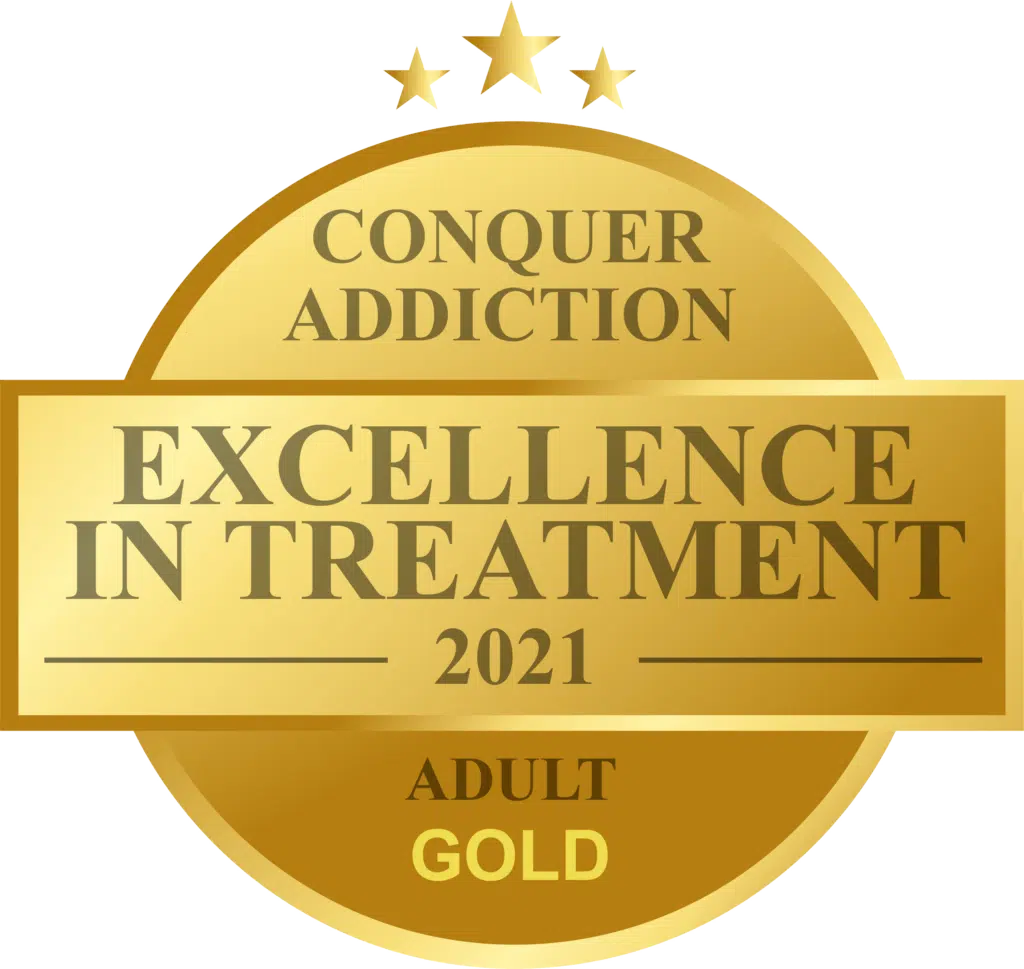OxyContin, Roxicodone, or Oxycodone is a popular semi-synthetic opioid medication often used to manage moderate-to-severe pains. It’s highly recommended for individuals to whom no other treatments can provide relief. However, it’s a powerful drug and often causes addiction. Thus it requires proper usage.
OxyContin became popular in 1995 after doctors realized its effectiveness in relieving pain from cancer patients and those with critical injuries. Although it’s an extended-release formulation that contains oxycodone, its tablets offer long-lasting pain control more than Oxycodone. The extended-release delivery system allows OxyContin users to take it twice a day.
How Long Does OxyContin Last in the Human Body?
OxyContin detection in various parts of the body differs. For most people, it will clear from the blood system within 24 hours. However, it can still be detected in the saliva, urine, and hair for longer.
Here are different periods you can detect OxyContin in a human body after usage:
- Urine. OxyContin can appear in an individual’s urine even after four days
- Saliva. OxyContin traces can show up in saliva screening tests saliva after 48 hours.
- Hair. Human hair hosts OxyContin for the longest period, as shown through follicle tests. Usually, traces of the drug can appear after 90 days.
The effects of OxyContin will often clear away long before the traces completely clear from a patient’s body. Therefore, most doctors recommend taking a tablet every four to six hours.
Other factors that affect how long OxyContin lasts in a patient’s body include age, gender, liver function, and kidney function. Additionally, the period that the patient has been taking the medication, alcohol intake, and other medications have an effect.
Comparing OxyContin and Oxycodone
Unlike OxyContin, Oxycodone is an immediate-release drug prominent for treating moderate-to-severe pains. Both drugs have oxycodone as the active ingredient derived from opium and act as a pain reliever. The difference between the two is how the tablets release medication. OxyContin tablets release oxycodone slowly throughout the day, while oxycodone releases the drug immediately.
Both OxyContin and Oxycodone are typical painkillers often recommended by doctors. They are very effective in eliminating severe pain. However, they can cause side effects because of the active ingredient. The side effects include severe nausea, vomiting, dizziness, drowsiness, constipation, insomnia, body weakness, headaches, itchiness, confusion, breathing challenges, and hypotension.
Patients should not use OxyContin or oxycodone with other substances, as this might lead to adverse effects. They should refrain from taking alcohol, skeletal muscle relaxers, powerful painkillers, antibiotics, and other powerful drugs.
How Long Does It Take for OxyContin to Work?
Doctors recommend patients take OxyContin after eating. 20 to 30 minutes after taking the drug, the patient begins to feel its effects. The drug’s effects reach peak concentration in 3-4 hours. As OxyContin tolerance grows over time, it may take longer for an individual to experience its effects.
Individuals shouldn’t change the medication’s dose without consulting a doctor if this occurs. The doctor can either increase their OxyContin dosage or replace it with another painkiller if the original prescription does not work. Without consulting a doctor, taking more OxyContin can lead to addiction or other complications.
What Does OxyContin Do to Your Body? Is it Harmful?
Oxycodone is derived from opiate alkaloids present in opium poppies. As an opioid, OxyContin has the potential to cause a euphoric high. The high feeling often plays a leading role in OxyContin misuse and addiction.
Original OxyContin formulators took oxycodone and created a time-released pill. They claimed that a unique coating would reduce the drug’s addiction potential. Since oxycodone has a relatively short half-life, the new formulation would gradually dissolve and release the drug over time. Meaning that the time pain relief lasts is extended.
However, most users abuse the drug while seeking a stronger feeling. Another risky behavior involves breaking the pill into a powder and snorting it or injecting the drug directly into the bloodstream. This is an attempt to get around the time release mechanism.
The short-term harmful effect of OxyContin can be very severe, and addiction can develop quickly if a patient abuses the drug. Many individuals notice tolerance developing even when taking the drug as prescribed by a doctor. They may want to increase their dosage to get the desired results faster.
Short-Term Effects of OxyContin
An opiate drug such as OxyContin alters how a person perceives pain. It changes the pain reception by interfering with the body’s and brain’s opioid receptors. Following this contact, complex molecular processes take place. Such as a reduction in gamma-aminobutyric acid activity and an increase in dopamine release.
After feeling this dopamine rush, some patients might try another drug to get a similar sensation. This rush can pave the way for an addiction to develop. Stopping the intake of OxyContin abruptly can also lead to withdrawal effects. This is because the body has become dependent on the drug.
Common withdrawal symptoms patients might experience include restlessness, watery eyes, running nose, inability to sleep, vomiting, sweating, fast breathing, or a rapid heartbeat.
Long-Term Effects of OxyContin
Like other opiates, OxyContin may negatively affect the brain and body. Since it directly affects the gastrointestinal tract and some brain circuits, long-term consequences may include severe constipation and chronic vomiting.
- OxyContin use can cause muscle spasms, a diminished response to stimuli, and a condition known as myoclonus, characterized by jerky motor movements.
- OxyContin poses an enormous risk to the respiratory system. The heart and lungs might dangerously slow down, limiting the amount of oxygen reaching the brain and other essential organ systems.
- Individuals injecting OxyContin are more likely to develop severe heart and lung difficulties. This is because septic pollutants and hardened drug fragments can enter the bloodstream and cause obstruction, infection, and generalized inflammation.
- Track marks may also be visible at injection locations. These are likely to swell up or develop an infection, which raises the danger of developing septicemia.
Seek Help with AToN in San Diego, CA
The misuse and addiction of OxyContin by a loved one can lead to a frustrating long recovery journey. Therefore, there is a need to improve the lives of such individuals with behavioral treatment.
Contact AToN in San Diego, CA, for more information and assistance.
Originally posted on August 19, 2022 @ 12:45 pm


















